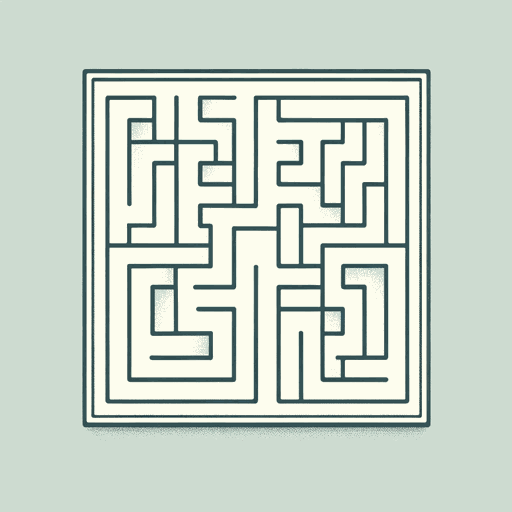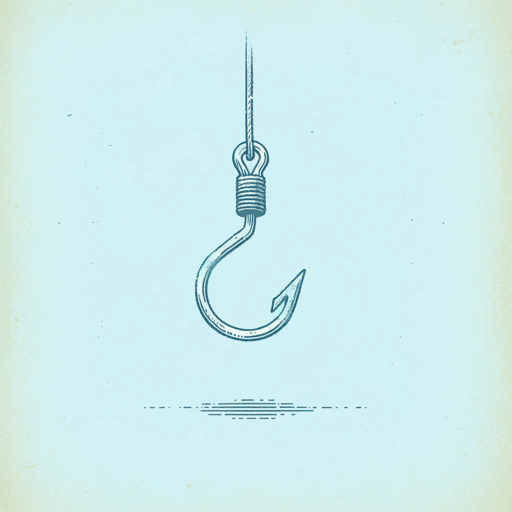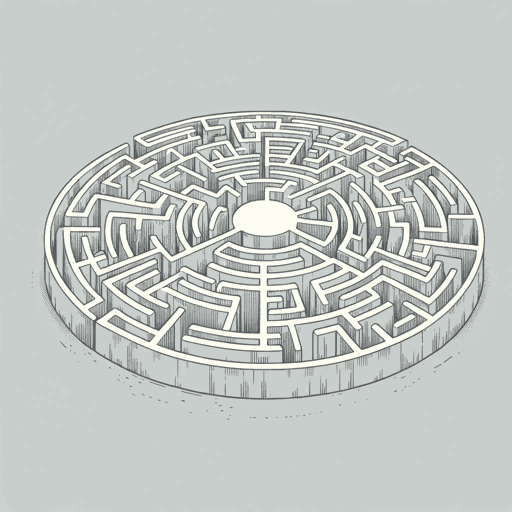52 pages • 1 hour read
James DashnerThe Death Cure
Fiction | Novel | YA | Published in 2011A modern alternative to SparkNotes and CliffsNotes, SuperSummary offers high-quality Study Guides with detailed chapter summaries and analysis of major themes, characters, and more.
Symbols & Motifs
Clinical Cleanliness
Clinical settings epitomize WICKED. In fact, WICKED is a clinical place because of the clean walls, padded rooms, various rooms of equipment, and medical providers. In some ways, WICKED represents rational, scientific thought. WICKED creates a contrast with the outside world because it is so clean and clinical. Denver is dirty; the Crank Palace is dirty. Outside of WICKED, everything is breaking down. The clinical cleanliness of WICKED appears to set it apart and make it unbreakable and untouchable.
Responsibility
The responsibility of each individual is reviewed throughout the novel. WICKED’s responsibility to mankind is the driving force of its staff, particularly Janson, who Thomas believes epitomizes WICKED in human form. Consider Janson’s strong belief that he is helping people despite the unfortunate deaths of some subjects. It is his unwavering responsibility that drives him to reach out to Thomas time and time again, and that brings Thomas back to WICKED for the ultimate sacrifice.
In contrast, Thomas shirks his responsibility to his friend Newt by forgetting to read the note given to him at the start of the novel. With the recurrence of this motif, the novel suggests that responsibility should be met and accomplished.
Related Titles
By James Dashner




